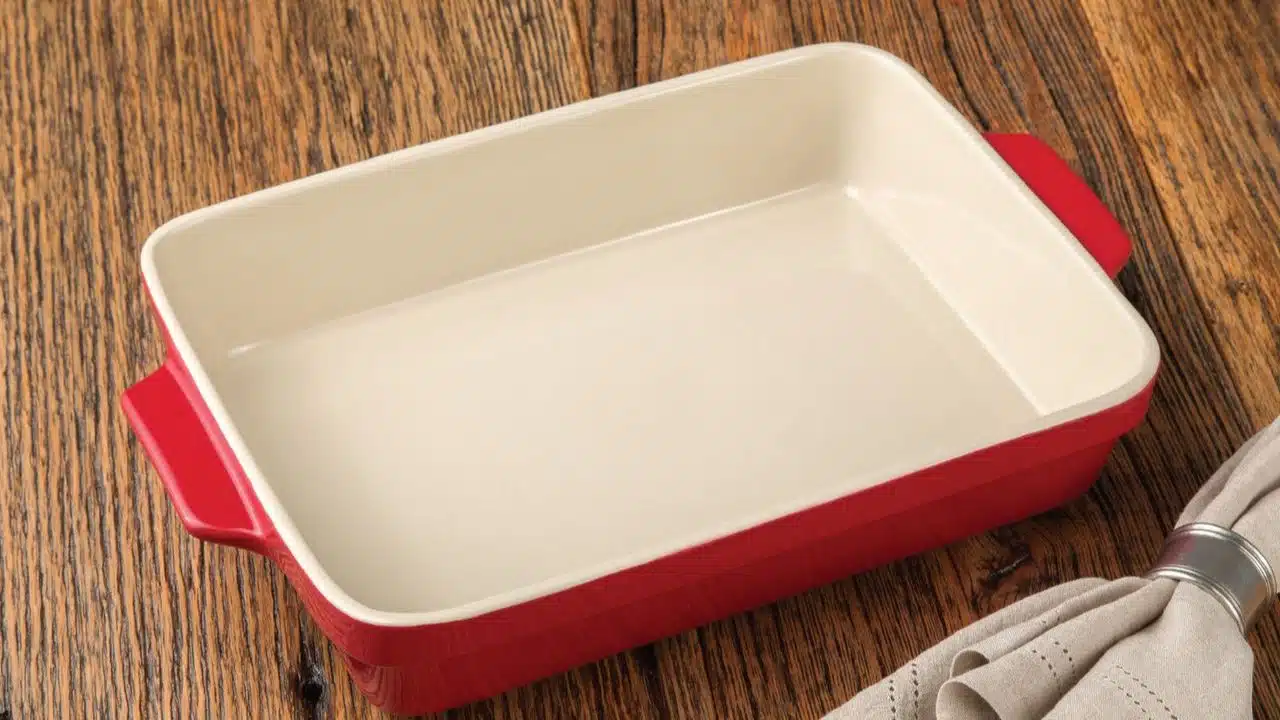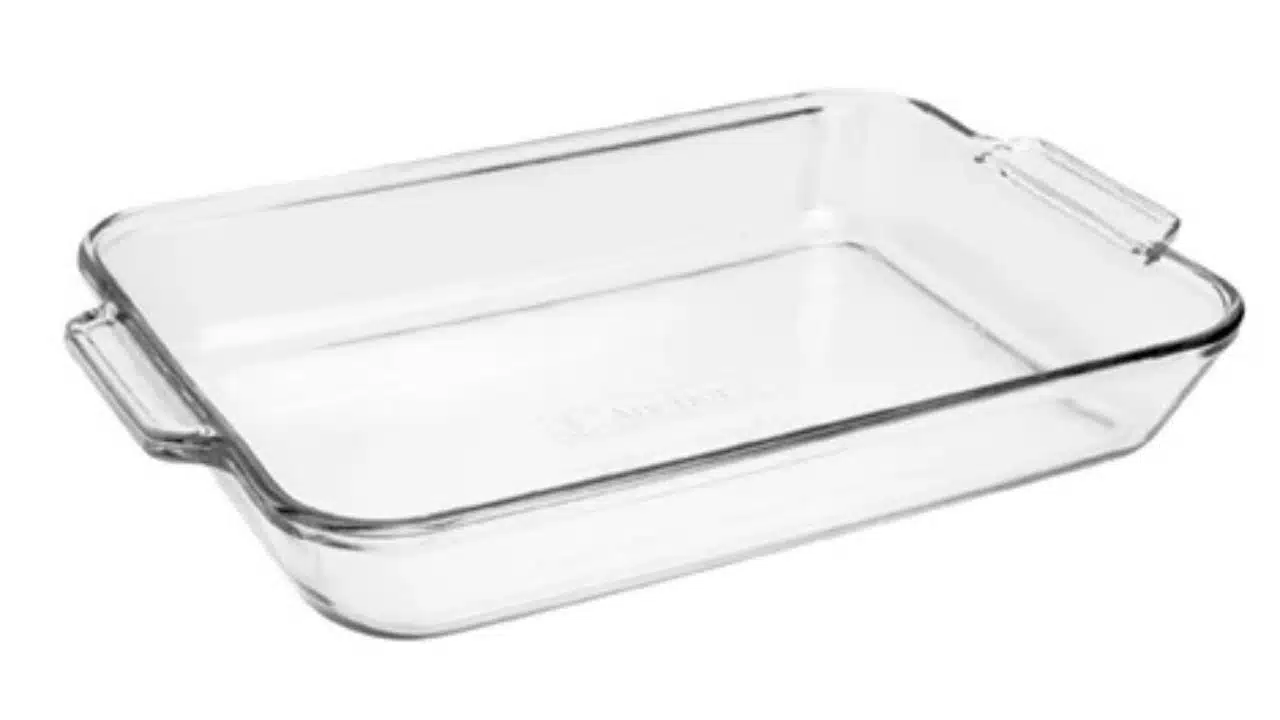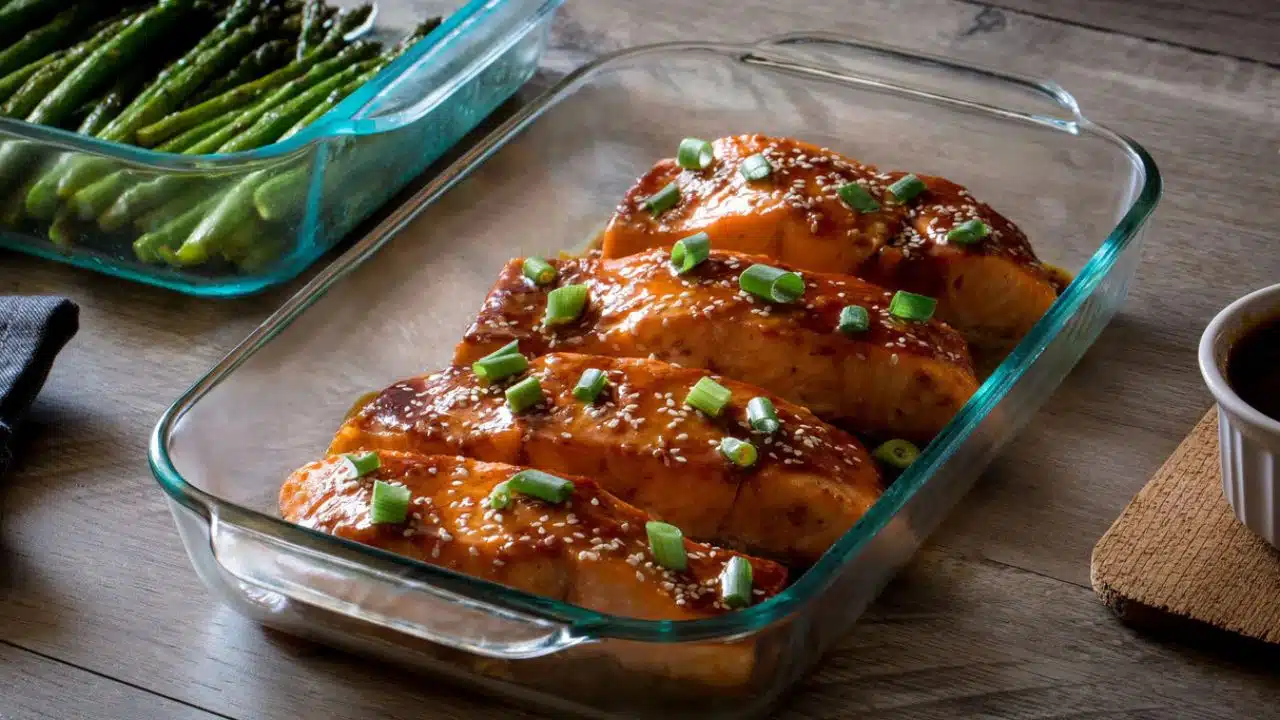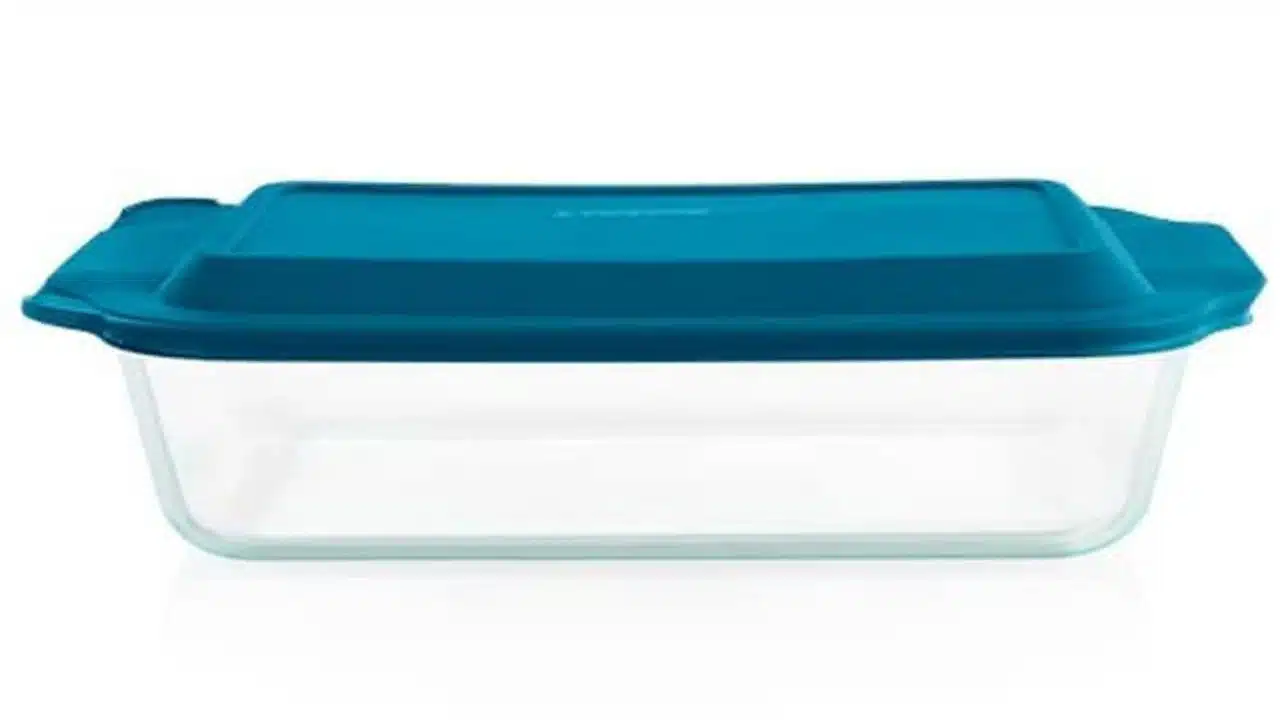Pyrex glass baking dishes have been a kitchen staple for decades. Known for their durability and versatility, these dishes are perfect for baking, roasting, and storing food. To maximize the use of your Pyrex dish, proper usage and maintenance are essential. In this guide, we’ll cover everything you need to know about using and caring for your Pyrex glass baking dish to ensure its longevity and performance.
Why Choose a Pyrex Glass Baking Dish?
High-Quality and Durable Material
Pyrex glass is made from borosilicate or tempered soda-lime glass, which is designed to withstand high temperatures. Unlike regular glass, Pyrex is less likely to shatter under thermal stress, making it a reliable choice for baking.
Versatile Usage
A Pyrex baking dish is suitable for a wide range of cooking methods, including baking casseroles, roasting vegetables, and even refrigerating leftovers. Its ability to go from oven to table makes it a convenient option for home cooks.
Non-Toxic and Safe
Pyrex glass contains no harmful chemicals like BPA or lead, ensuring your food stays safe and pure.
How to Properly Use a Pyrex Glass Baking Dish
To maximize the lifespan of your Pyrex dish and avoid accidents, follow these essential usage tips:
Avoid Sudden Temperature Changes
One of the most common causes of Pyrex breakage is thermal shock. To prevent this:
- Never place a hot Pyrex dish on a cold surface.
- Avoid moving it straight from the freezer to a preheated oven.
- Let frozen dishes thaw before placing them in the oven.
Preheat the Oven Before Use
Pyrex dishes perform best when placed in a preheated oven. Rapid temperature changes can strain the glass, leading to cracks or breakage.
Use Proper Bakeware Support
- Always place your Pyrex dish on a dry, room-temperature oven rack or baking sheet.
- Avoid placing it directly on a stovetop or open flame, as this can cause it to shatter.
Use the Right Utensils
To prevent scratching or damaging the surface, choose wooden, silicone, or plastic utensils over metal ones.
How to Maintain and Clean Your Pyrex Glass Baking Dish
Proper cleaning and maintenance can extend the life of your Pyrex dish significantly.
Hand Wash for Longevity
While Pyrex is dishwasher-safe, hand washing with mild dish soap and warm water can help prevent scratches and prolong its life.
Remove Stubborn Stains Safely
Over time, baked-on grease and stains can accumulate. Here’s how to remove them:
- Allow the dish to soak in a baking soda and warm water mixture for 15-20 minutes.
- Gently use a non-abrasive sponge or brush to scrub away stains.
- For tough stains, vinegar and baking soda paste can help lift residue.
Store with Care
- Stack Pyrex dishes carefully with protective padding to prevent any chipping.
- Avoid overloading cabinets where dishes may fall and break.
Inspect for Damage
Before each use, check for cracks or chips. Using a damaged Pyrex dish can lead to unexpected breakage in the oven.
How to Store Your Pyrex Glass Baking Dish
Properly storing items prevents damage and helps keep your kitchen organized. Here are some tips:
Stack with Care – If stacking multiple Pyrex dishes, place a paper towel or soft liner between them to prevent scratching.
Store Lids Separately – If your Pyrex comes with plastic lids, store them separately or loosely on top to prevent warping.
Keep heavy objects away – avoid placing heavy kitchenware on stacked Pyrex dishes to prevent breakage.
Common Mistakes to Avoid When Using Pyrex
- Placing a Hot Dish in Cold Water – This can cause the glass to shatter instantly.
- Cooking on a Stovetop – Pyrex is not designed for direct heat from a stovetop burner.
- Ignoring Small Cracks – Even small cracks can cause breakage while baking.
- Using Metal Utensils – These can scratch and weaken the surface over time.
- Skipping Preheating – Sudden exposure to high heat can stress the glass.
Final Thoughts
A Pyrex glass baking dish is an excellent investment for any kitchen. By following the right usage and maintenance practices, you can ensure that your dish remains in great condition for years. Always avoid sudden temperature changes, clean it gently, and store it carefully to maximize its lifespan.
By applying these expert-backed tips, you can make the most out of your Pyrex glass baking dish while keeping it safe and functional for all your baking needs. Whether you’re an experienced baker or a home cook, maintaining your Pyrex dish properly will help you enjoy hassle-free cooking for years to come!
FAQs About Pyrex Glass Baking Dishes
Can Pyrex go from freezer to oven?
It is not recommended to place a frozen Pyrex dish directly into a hot oven, as it may shatter due to thermal shock. Let it reach room temperature first.
Can Pyrex be used in an air fryer?
Some air fryers allow glass bakeware, but check your appliance manual first. Ensure the Pyrex dish fits securely and remains clear of direct contact with the heating elements.
Is Pyrex better than metal baking pans?
Pyrex is excellent for even heat distribution and is non-reactive, but metal pans heat up faster and may provide better browning for certain recipes.Depending on the dish you’re preparing, each option provides its own benefits.
Can I use Pyrex on a stovetop?
No, Pyrex should never be used on direct heat sources like gas or electric stovetops, as it can break.






